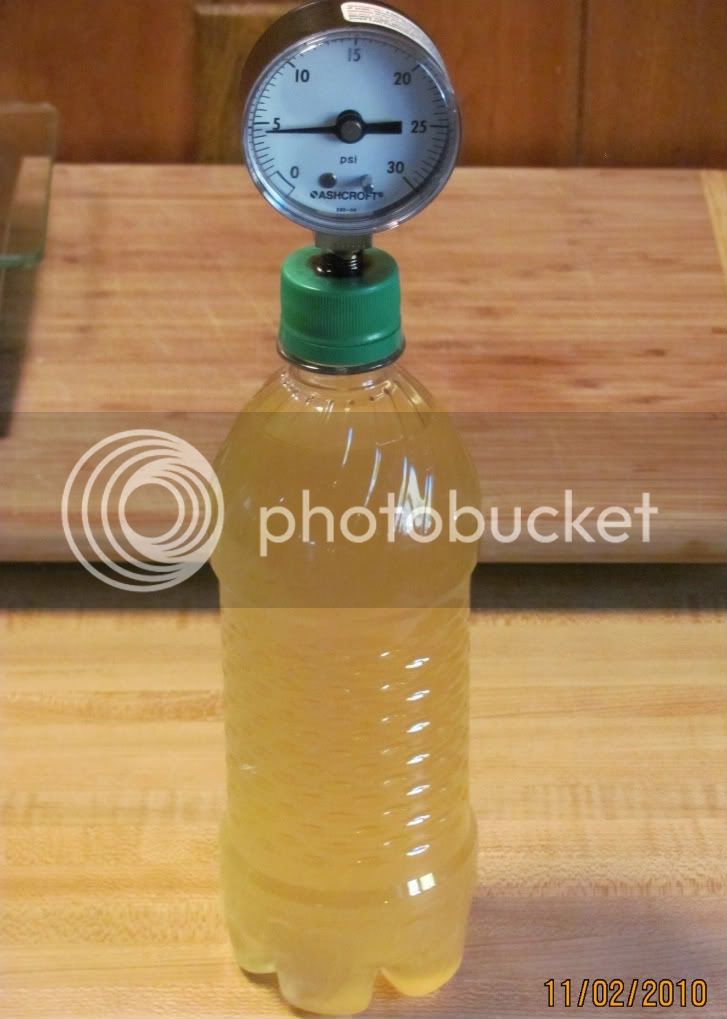I have seen several threads here concerning carbing beer in bottles, growlers and modified growlers.
In Maine there is an establishment called Federal Jacks, that sells their "made on site" beer in growlers and six packs. The Master Brewer there is Alan Pugsley, who is also the Master Brewer at The Shipyard Brewing Company, which is also in Maine.
At their website you can send an email to the company officers, which I did, asking Alan if it was possible for a home brewer to carbonate their beer in a Fed Jack's growler.
Mr. Pugsley forward the email to his growler supplier. Since no one has ever asked them that question, it was forwarded it the bottle manufacturer.
Below is their reply:
The bottle print for GX-20913 states:
"This container is designed for non-pasteurized products up to and
including 2.4 gas volumes that are hand filled from a bar tap. This item
is not designed for use on an automatic conveying system, or for use with
automatic fillers."
I think that means "yes" to growler carbing.....
In Maine there is an establishment called Federal Jacks, that sells their "made on site" beer in growlers and six packs. The Master Brewer there is Alan Pugsley, who is also the Master Brewer at The Shipyard Brewing Company, which is also in Maine.
At their website you can send an email to the company officers, which I did, asking Alan if it was possible for a home brewer to carbonate their beer in a Fed Jack's growler.
Mr. Pugsley forward the email to his growler supplier. Since no one has ever asked them that question, it was forwarded it the bottle manufacturer.
Below is their reply:
The bottle print for GX-20913 states:
"This container is designed for non-pasteurized products up to and
including 2.4 gas volumes that are hand filled from a bar tap. This item
is not designed for use on an automatic conveying system, or for use with
automatic fillers."
I think that means "yes" to growler carbing.....






